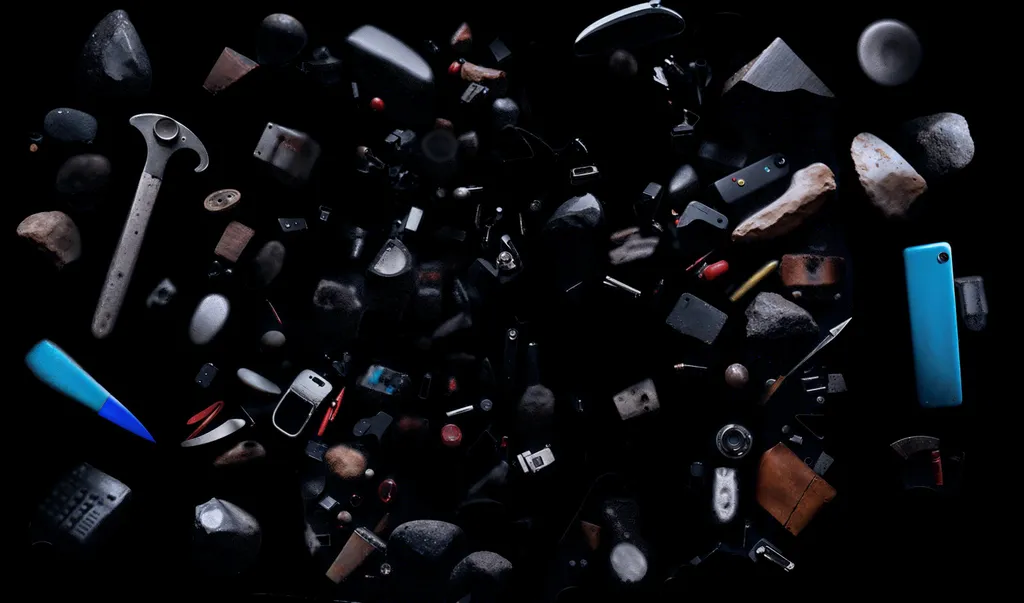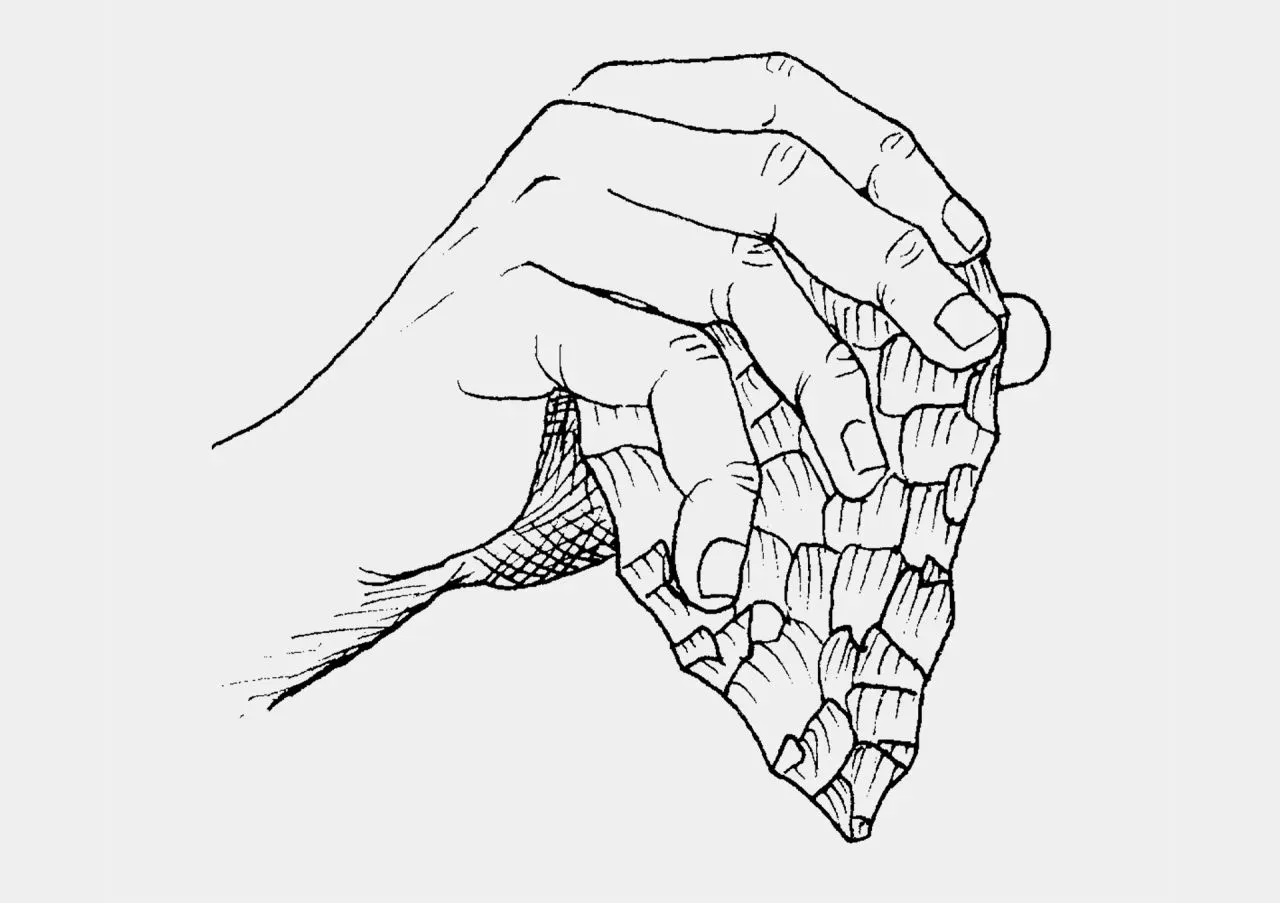Will AI shape the design discipline of tomorrow?

Opinion
Author
Rather than grappling with the changes brought about by a deterministic and speculative AI future, we should seek ways to support sustainable appropriation processes of AI technologies in the design process and other disciplines.
The debate surrounding the opportunities, risks, and consequences of developing for and using AI in the design industry has been in full swing since breakthroughs were announced with the release of ChatGPT and StableDiffusionmore than a year ago. Since then, myriads of models are been released on a weekly basis, leaving busy practitioners challenged with keeping up with the latest developments, and not much time to experiment, and investigate what these new technologies could mean for their individual practice. Whispers of profound upheaval in design professions resonate, whilst voices foreseeing modest shifts are few and far between. Whether one approaches these changes with concern or anticipation hinges on their individual appreciation of the essence and merit inherent in the design process, but junior and senior designers contemplate alike: How will the future of the design discipline look like, and who will shape it?
The instantaneous high-fidelity outputs generated by generative AI technologies not only raise doubts among designers about the continued relevance of painstakingly acquired and cherished skills but, of course, also unsettles other disciplines and professions, like lawyers, writers, and software developers - no one knows for certain whether their work activities will be fully or partially taken over by AI, or if their jobs, for better or worse, will be forever changed.
Gradual Transformation or a Dramatic Revolution?
Current generative AI models showcase remarkable aptitude in tackling varied challenges, yet envisioning the future job market transformation, parallels could also be drawn to the pocket calculator’s steady evolution since inception. This notion, garnering considerable approval, implies an organic assimilation of AI, characterized by gradual refinement rather than seismic change, rendering resistance futile. Indeed, human-computer cooperation has evolved consistently over time through the emergence and subsequent enhancement of digital instruments. In a processes of humans shaping technology to being shaped by technology in return, technological developments have always expanded and limited what could be made and thought. Not through the invention, but through the adaptation of digital tools, a collaborative relationship between humans and machines emerged that is still unfolding and which several disciplines, including design, are concerned with.

Some of these interrelations are described anecdotally in Sherry Turkle’s article “How computers change the way we think”: Students working with early calculators were reported to lose their sense of scale, for example.
For what might we lose our sense when we generate ideas and images within seconds?
It is easy to imagine what began with calculators as the first personal computers in the literal sense having developed very differently. Many of the interaction patterns that have been established in the use of digital tools today are not necessarily the best solutions, but rather stable equilibria that are based on habits and compatibility ecosystems, are easy to learn, are highly useful or have practical benefits.
We know that it is not only technical innovations, but also the design and use of digital interfaces and technologies that significantly shape our current forms of digital interaction and communication and thus create key advantages and disadvantages for digital societies. Therefore, instead of engaging in conjecture based on a presumed deterministic AI future, we should ask ourselves how to incorporate the potential afforded by these technologies into the design process sustainably. It is equally crucial to recognize that designers play a significant role in shaping the adoption processes of AI within other disciplines as well.
Integrating AI into the design process
How do we want AI to change or not change the way we think? The widespread assumption that humans and AI can work and decide better and/or more responsibly collaboratively invites an exchange on this question. The collaborative imperative also asks designers about the future of the discipline: “How do we define the design discipline of tomorrow through our design and use of AI today?” Our early attempts to integrate generative AI technologies into design practice have been the first steps in this process, setting its future trajectory.
Collaborative scenario between humans and AI systems
The collaborative scenario of a human-AI relationship, in which AI systems complement and support users in processes that they dislike or find difficult, offers many starting points beyond flat out automation. Yet there are not yet many clear visions that strive for a stable balance between reducing labor costs and the sustainable development of co-creative work. Confronted with a supposedly extremely complex and closed technology, many designers limit themselves to efficiency-enhancing application of AI tools such as Midjourney or StableDiffusion.
Fuzziness semantics
What can collaboration between humans and AI models look like beyond the interaction paradigm embedded in current applications? The Text2X interaction paradigm, in which AI models generate images or texts based on text input from users, for example, is characterized by a lack of clarity for technical reasons, but also due to inherently individual semantics: The input length is limited to a certain number of characters and an image or concept says more than a thousand words, which neither users are willing to enter nor current models are able to accurately process. This fuzziness was identified early on by designers as a divergent feature to create variants or overcome a blank page.
Dependence on AI
An appropriation of such a work process is also located in questions of the independence from and dependencies of AI. Some tough lessons we learn early on provide the foundation of integral design skills. Who doesn’t remember of being out of ideas as an undergraduate? Automating them may not only mean parting with these skills, but also losing the feeling for them and paving the way for new, better, but possibly also less rigorous ways of thinking and erosion of cherished aspects of our practices. Various studies on creative flexibility show for example, that as soon a visual is presented, it strongly limits what we can imagine and hampers our abilities to think in different terms. Of this effect, we are all painfully aware of in participative processes and client presentations. But perhaps we have already found ourselves in a similar situation when we were using ChatGPT or Midjourney? Unfortunately, chances we noticed are very slim.
”Engaging with the worldviews and values inherent in AI models is imperative.”
The arbitrariness that co-creative work with AI currently entails is particularly evident here. What can pass as arbitrariness in individual cases is, in sum, a reproduction of the data and values implicitly engrained in AI models. This makes it essential to engage with the worldviews that are inevitably part of every language- and image-based model. While our current debates focuses on the elimination of bias, we will need to accept that an unbiased model might not be possible after all. Similar to our efforts to reconcile our individual meaning perspectives, a single monolithic model will unlikely be able to solve this problem.
This weighs in heavily on the question of how the discipline can influence a collaborative human-ai scenario and design participation in answering important questions about how AI should influence our ability to think and make judgments.
A Challenging task for design
Latent effects of design decisions only become apparent during use - consequences and effects only become visible through long-term adaptation and observation of subsequent decisions, even when we rigorously scrutinize our decisions. The high level of complexity involved in the design and development of AI applications, which ranges from issues of data generation, curation, resource consumption and interaction design to political issues of fair access, biases and discrimination, make AI a challenging, often overwhelming task for design. It would be too easy to separate the design from the technical development and fundamental research from it’s later application, as has been often done, and came to haunt us shortly after. If we live in a world riddled by wicked problems, we should think again before leaving technical developments set the trajectory how we as designers engage with AI and how we chose to make accessible.
”Not everyone is comfortable with the definition of a heterogeneous design definition.”
The immediate influence that design exerts on the development paths of models and their possible applications is currently rather limited. The integration of design into research processes in general, but especially in the field of AI, is too restrained to make a significant contribution to the sustainable development of models and AI technology. Despite the relevance of these paths, which are not deterministic but whose genesis can be traced back to a variety of factors, we primarily exert indirect influence on them. In this context, we may also need to question our understanding of technology in training and professional practice.
Another redefinition of design, again.
Despite many unforeseen twists and turns, design has prevailed in recent decades with designers always being willing to redefine the discipline itself, and create new sub-disciplines. This always meant that not everyone agreed with every definition of a pluralistic concept of design.
By appropriating AI software to generate images and ideas, restructuring the design process and outsourcing work steps, it is not AI, but designers themselves who shape the design practice of tomorrow. Whether our opportunities for active participation in these development processes will be limited to this part in the future depends on whether we want to take up the challenge of breaking down and redefining the boundary between design and technology.
